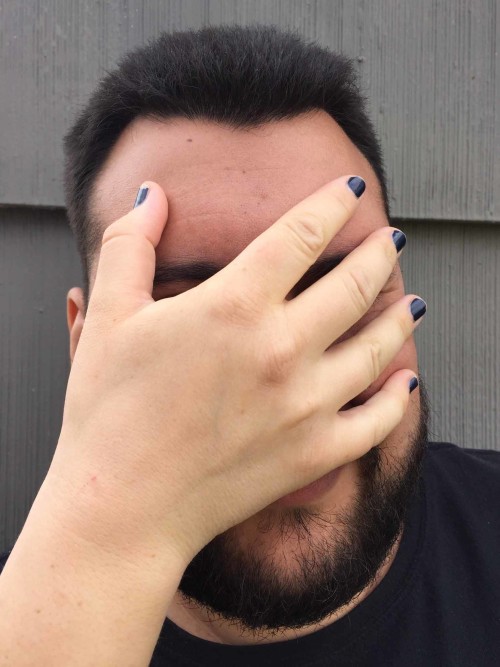A Midwest high school encourages multiracial seating in its segregated cafeteria. (The year was 2005 and the newspaper headline read much differently, though this phrase gets right to the point.) Besides the placement of multiple booties in particular chairs, circled around a particular table, placed in a particular part of the room, encompassed by more booties in chairs around tables placed in a semi-adjacent area, there was nothing “segregated” (in the typical sense of the word) about my high school cafeteria.
An anonymous article was published in my senior year of high school about the segregation issue that did in fact appear to exist in my high school cafeteria. It wasn’t really an issue per se, but rather an accurate depiction of the student body’s chosen placement in the cafeteria that someone decided we should all be privy to. Confusion, anger, disgust, and a nonchalant shrug of the shoulder insidiously prowled the high school halls in response.
In response to what? I don’t know if people were reacting to the possibility or the absurdity of the assumptions raised. I don’t remember any discussion in any classroom led by any adult or staff person touching on the “segregation issues” that had been brought to light—by a student. I have not had a conversation about this since the time this story dropped. Eventually it all blew over with a “Shush, shush. What’s done is done. Let’s all move on” attitude. But why?
“Even when we dare to talk about race and racism in [classrooms] we tend to use abstract language, treating racism as something ‘out there’ but not ‘here’ in our daily lives.” –The Storytelling Project
A conversation was invited—it was challenged—to begin, by a student who was doing nothing more than sharing an observation any individual person could’ve made. Unfortunately, no impactful conversation ever happened, but the lack of conversation was insightful on its own. The power of storytelling—whether shared orally, online, or published in novel form—is emotional and offers a platform to explore and engage with social issues like race and racism.
The Storytelling Project, quoted above, is a free curriculum designed to bring race and racism in the United States to the forefront. Teachers adapting this curriculum into their classrooms provide students (our malleable-minded youngsters) an opportunity to explore and engage in open and meaningful conversation about taboo issues via four types of storytelling: stock, concealed, resistance, and counter.
Definitions below are those adopted by The Storytelling Project.
Stock stories:
Stories that reiterate and reinforce the dominant mainstream story and often ignore or suppress stories from those on the margins of society that challenge mainstream views. Ultimately, stock stories support the status quo that benefits whites over people of color, thus preventing changes that would create a more inclusive social order.
Concealed stories:
Stories that reveal the underside of racism. They are often circulated by people in the margins whose experiences and aspirations they express and honor, and they provide a perspective that is often very different from that of the mainstream.
Resistance stories:
Stories told by individuals and groups who have opposed racism throughout history and into the present time. These stories serve as guides that can inform ways to resist and work against racism as they begin to imagine more just alternatives to guide personal efforts.
Counter stories:
Counter stories are new stories that are deliberately constructed to challenge the stock stories, build on and amplify resistance stories, and offer ways to interrupt the status quo and work for change. Such stories enact continuing critique and resistance to the stock stories and enable new possibilities for inclusive human community.
Why use storytelling:
Researchers have examined the role of stories in reproducing racial ideas and stereotypes and in perpetuating racism. Such stock stories can serve as a useful entry point for critically examining race and racism in our society and for developing an understanding of how racism operates on both individual and systematic levels. Stories can also help us build a bridge between the sociological and abstract dimensions and the individually lived, personal dimensions on which racism functions.
Ooligan Press has delivered titles like Ricochet River into the Oregon education system. My curiosity lingers as to how discussion is encouraged in classrooms teaching books like Ricochet River and approaching topics that are at times intense, use offensive language, and offer violent or gruesome scenes. As The Storytelling Project suggests, these imaginative (and sometimes real) moments delivered via storytelling provide crucial space to raise awareness and invite critical discussion in a safe space for students and teachers alike. Are these conversations encouraged, or are they still shuffled off as “out there” and “not here” topics to avoid?
Publishing will always hold a special place in society, and stories that can reveal and inspire movement and productive discussion among youth and society are true gems.

